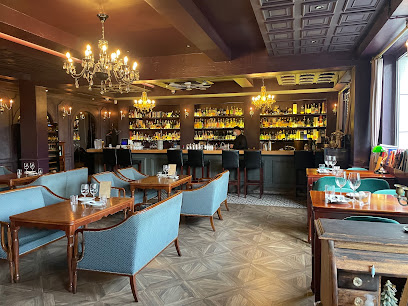
Discover the Rich Heritage of Gyeongju Eastern Historic Site
Explore the Gyeongju Eastern Historic Site, a UNESCO World Heritage treasure showcasing the ancient Silla Dynasty's rich history and stunning landscapes.
Gyeongju Eastern Historic Site is a captivating destination for tourists, showcasing the rich history and culture of ancient Korea. Wander through this UNESCO World Heritage site, where ancient tombs and temples tell tales of a glorious past. Explore the lush landscapes and experience the serene atmosphere that surrounds this historical gem.
A brief summary to Gyeongju Eastern Historic Site
- 133 Hwangnam-dong, Gyeongju-si, Gyeongsangbuk-do, KR
- +8254-779-8742
- Monday 12 am-12 am
- Tuesday 12 am-12 am
- Wednesday 12 am-12 am
- Thursday 12 am-12 am
- Friday 12 am-12 am
- Saturday 12 am-12 am
- Sunday 12 am-12 am
Local tips
- Visit early in the morning for a peaceful experience and to avoid crowds.
- Bring a camera; the natural scenery and historical structures make for stunning photographs.
- Check for any guided tours available to enhance your understanding of the site's history.
- Wear comfortable shoes, as the site covers a large area with various walking paths.
Getting There
-
Car
If you are traveling by car, start from the center of Gyeongju Historic Areas. Set your GPS to 133 Hwangnam-dong, Gyeongju-si, Gyeongsangbuk-do. The Gyeongju Eastern Historic Site is about a 10-minute drive from the city center. You will take Hwangnam-ro road, which leads directly to the site. Parking is available on-site, but be aware that there may be a parking fee of around 1,000 KRW for the day.
-
Public Transportation (Bus)
To reach the Gyeongju Eastern Historic Site by bus, go to the nearest bus stop in Gyeongju Historic Areas. Look for bus number 10 or 11, which heads towards Hwangnam-dong. The ride will take approximately 15-20 minutes. Get off at the Hwangnam-dong stop, and from there, it is a short 5-minute walk to the site. The bus fare is around 1,200 KRW.
-
Walking
If you are already in a nearby area within Gyeongju Historic Areas, you can walk to the Gyeongju Eastern Historic Site. From the Gyeongju National Museum, head southeast on Hwangnam-ro for about 1 kilometer. It should take you around 15-20 minutes on foot. Keep an eye out for signs directing you to the historic site, as it is well-marked.
Discover more about Gyeongju Eastern Historic Site
Iconic landmarks you can’t miss
Ancient Tombs in Inwang-dong, Gyeongju
0.2 km
Unveil the secrets of the past at the Ancient Tombs of Inwang-dong, Gyeongju, where history and nature intertwine in a tranquil setting.
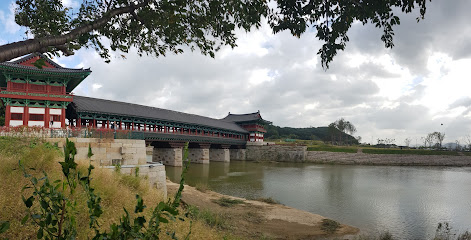
대릉원입구
0.2 km
Discover Gyeongju, South Korea's ancient capital, rich in history, culture, and breathtaking landscapes, perfect for an unforgettable travel experience.

경주 사마소
0.6 km
Discover the ancient wonders of Gyeongju, a historic gem of South Korea filled with royal tombs, temples, and cultural treasures.
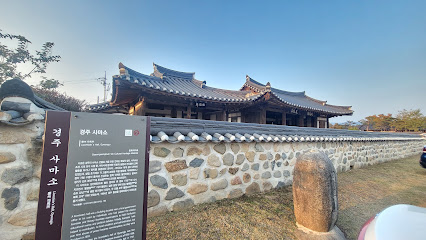
경주황남동고분군
0.6 km
Discover the ancient tombs of Gyeongju, a UNESCO World Heritage site, and immerse yourself in Korea's rich history and culture.
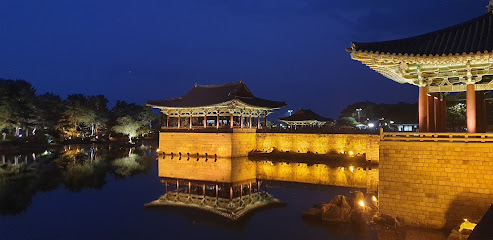
경주황남동고분군
0.6 km
Discover Gyeongju's rich heritage at this enchanting preservation site, where history and nature harmoniously intertwine.
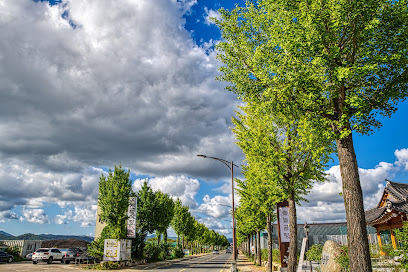
Hwangnamdaechong Tomb
0.7 km
Explore the majestic Hwangnamdaechong Tomb, a remarkable historical landmark that reveals the rich heritage of the Silla Dynasty in Gyeongju, South Korea.
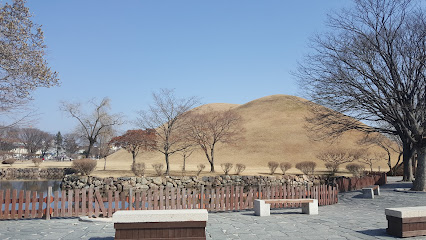
Jjosam Ruins Excavation Hall
0.7 km
Discover the ancient wonders at Jjosam Ruins Excavation Hall, an open-air museum showcasing Korea's rich Silla Dynasty heritage.

Tombs of Noseo-ri, Gyeongju
1.0 km
Explore the Tombs of Noseo-ri, a UNESCO World Heritage site in Gyeongju, showcasing the ancient burial practices of the Silla Dynasty amidst stunning landscapes.
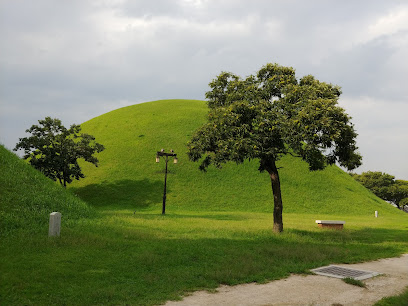
Bell of King Seongdeok (Emile Jong)
1.0 km
Discover the historical significance and artistic beauty of the Bell of King Seongdeok, a cornerstone of Korea's cultural heritage in Gyeongju.

Sangseojang Residence
1.2 km
Explore Sangseojang Residence, a historical jewel in Gyeongju-si, showcasing traditional Korean architecture and tranquil gardens.
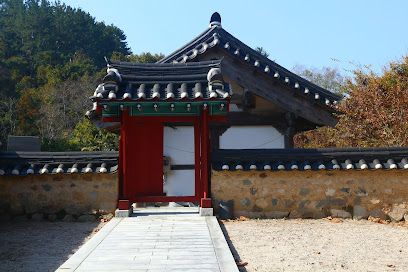
경주 남고루
1.3 km
Explore Gyeongju's Seongdong Lake Park: a historical gem surrounded by nature, perfect for a tranquil getaway and cultural immersion.
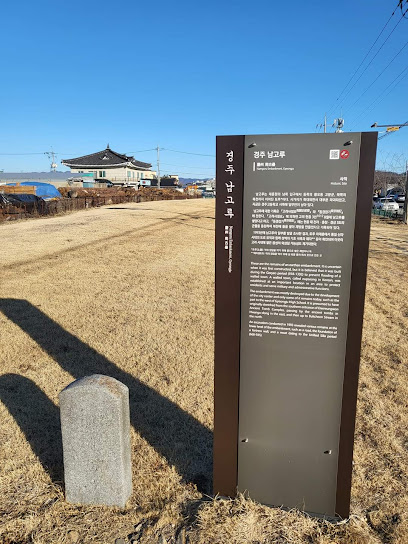
경주 남고루
1.3 km
Discover Gyeongju, the heart of Korea's ancient history, where every stone tells a story and every site is a window into the past.

Oreung Royal Tombs
1.5 km
Discover the Oreung Royal Tombs in Gyeongju, a UNESCO World Heritage site steeped in ancient Korean history and serene natural beauty.

Bunhwangsa
1.7 km
Discover the tranquility and historical significance of Bunhwangsa, a stunning Buddhist temple in Gyeongju, rich in cultural heritage.
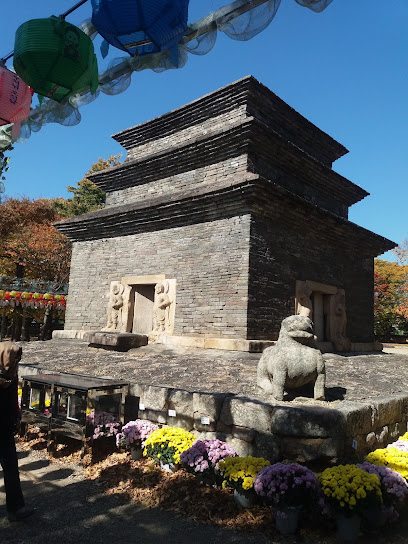
Talhaewangneung Royal Tomb of King Seok Talhae
2.4 km
Visit the Talhaewangneung Royal Tomb of King Seok Talhae in Gyeongju, a stunning tribute to Korea's royal heritage set in a serene landscape.

Unmissable attractions to see
Gyerim Forest
0.2 km
Discover the serenity and rich historical significance of Gyerim Forest in Gyeongju, a must-visit destination for cultural enthusiasts and nature lovers alike.
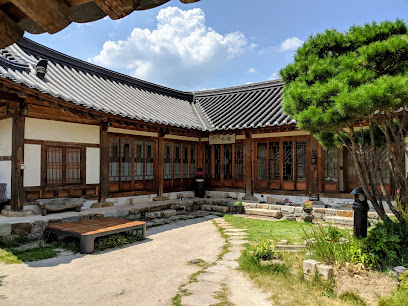
Cheomseongdae Observatory
0.2 km
Discover the ancient astronomical marvel of Cheomseongdae Observatory in Gyeongju, a historic site that reveals Korea's rich celestial heritage.
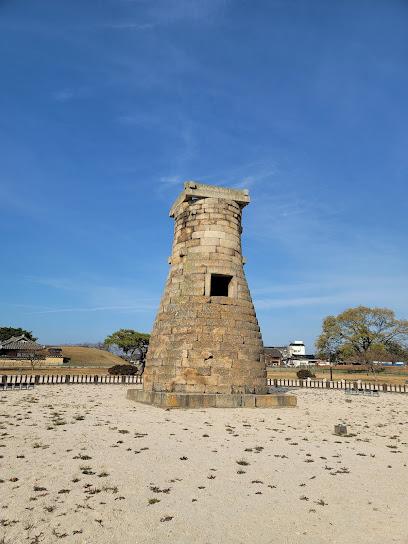
Cheomseongdae Pink Muhly
0.3 km
Discover the enchanting Cheomseongdae Pink Muhly in Gyeongju, where vibrant landscapes meet rich cultural heritage in a breathtaking ecological park.
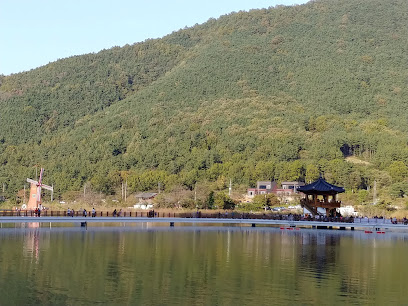
Historic House of the Rich Man Choi, Gyeongju
0.4 km
Explore the historic charm of the House of the Rich Man Choi in Gyeongju, a cultural gem showcasing Korea's traditional architecture and rich history.
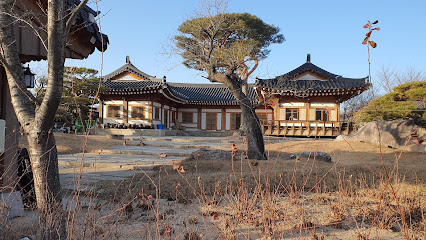
Gyeongju Historic Site Wolseong District
0.4 km
Explore the historic Wolseong District in Gyeongju, where ancient Silla architecture and serene landscapes create a captivating travel experience.

Royal Tomb of King Michu
0.4 km
Discover the Royal Tomb of King Michu, a UNESCO World Heritage site in Gyeongju, showcasing the rich history of the Silla Dynasty amidst serene landscapes.
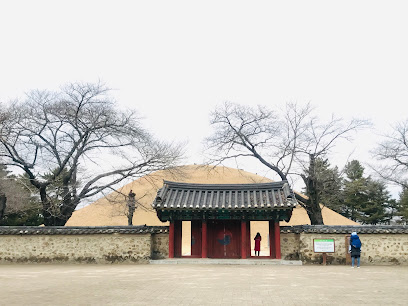
Banwolseong Fortress
0.5 km
Discover the historical beauty of Banwolseong Fortress, a serene and captivating landmark located in Gyeongju, South Korea.

Woljeonggyo Stepping Stones
0.5 km
Discover the enchanting Woljeonggyo Stepping Stones in Gyeongju, where nature meets culture in a picturesque setting.

Gyeongju Gyochon Traditional Village
0.5 km
Explore the rich cultural heritage of Korea at Gyeongju Gyochon Traditional Village, a living museum of traditional architecture and vibrant local traditions.
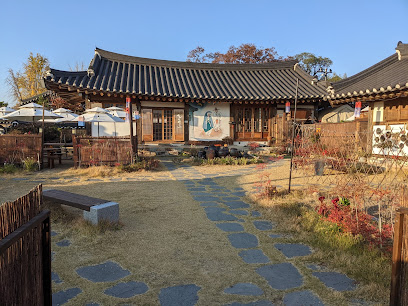
Woljeonggyo Bridge
0.5 km
Explore the enchanting Woljeonggyo Bridge in Gyeongju, where history meets natural beauty in a serene setting.
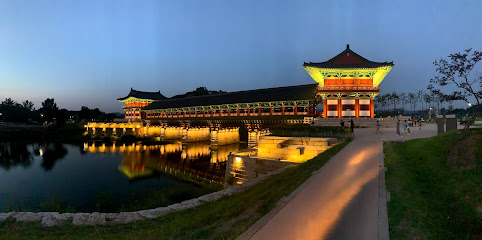
Daereungwon Photo Zone
0.6 km
Explore the enchanting Daereungwon Photo Zone in Gyeongju, where ancient royal tombs meet stunning landscapes for a perfect day of cultural immersion.
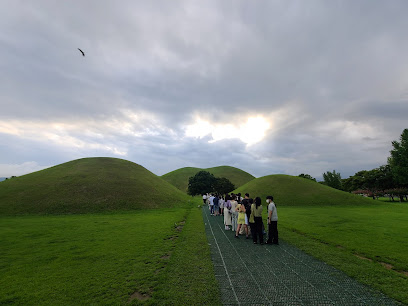
Seokbinggo (Stone Ice Storage)
0.6 km
Explore Seokbinggo, a historical ice storage marvel in Gyeongju, revealing ancient Korean preservation techniques amidst serene landscapes.
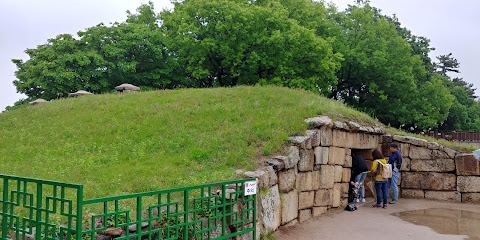
Wolseong Fortress
0.7 km
Discover the historic charm of Wolseong Fortress in Gyeongju, a UNESCO World Heritage site showcasing Korea's rich cultural past.
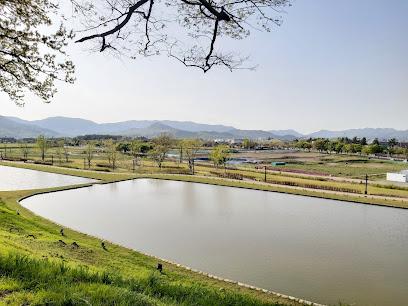
Gyeongju Lotus Complex
0.7 km
Experience the serene beauty of Gyeongju Lotus Complex, a tranquil oasis of lotus flowers and rich cultural heritage in South Korea.
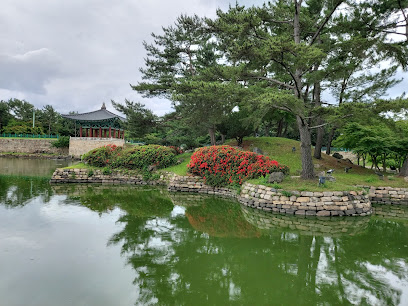
Daereungwon Tomb Complex
0.7 km
Discover Korea's royal heritage at the Daereungwon Tomb Complex, a serene and historic site in Gyeongju, embodying the essence of the ancient Silla Kingdom.
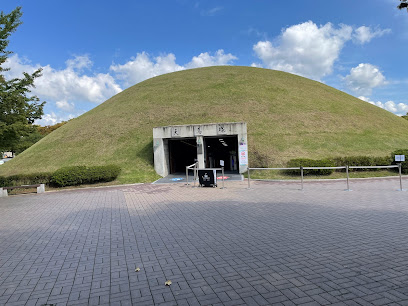
Essential places to dine
Anima Italian Trattoria
0.2 km
Experience authentic Italian cuisine at Anima Italian Trattoria in Gyeongju - where every meal is a celebration of flavor and tradition.
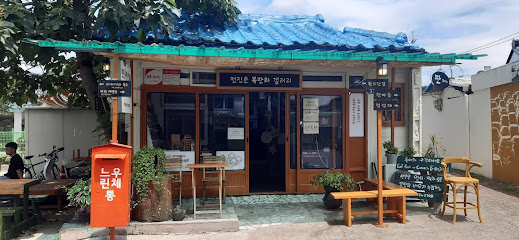
신라회관
0.2 km
Discover authentic ssambap at 신라회관 in Gyeongju-si, where every meal is a celebration of Korean culinary traditions.
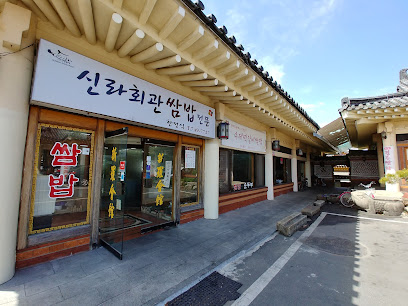
Anima
0.2 km
Experience authentic Italian flavors at Anima in Gyeongju—where tradition meets local charm in every delicious bite.

Gyeongju Wonjo Kongguk
0.2 km
Experience authentic Korean cuisine at Gyeongju Wonjo Kongguk, famous for its refreshing kongguk noodles and traditional side dishes.
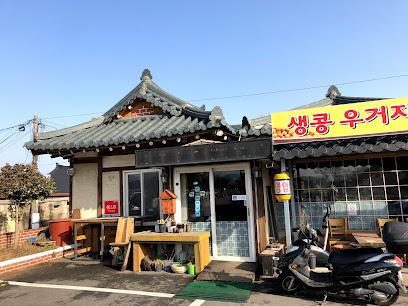
Sigol Ssambap
0.2 km
Experience authentic Korean cuisine with unique banchans at Sigol Ssambap in Gyeongju-si—where tradition meets flavor.
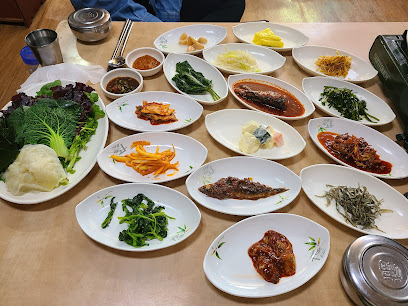
오소 육전&메밀
0.4 km
Discover traditional Korean cuisine at 오소 육전&메밀, where delicious buckwheat noodles meet exquisite meat dishes in Gyeongju.
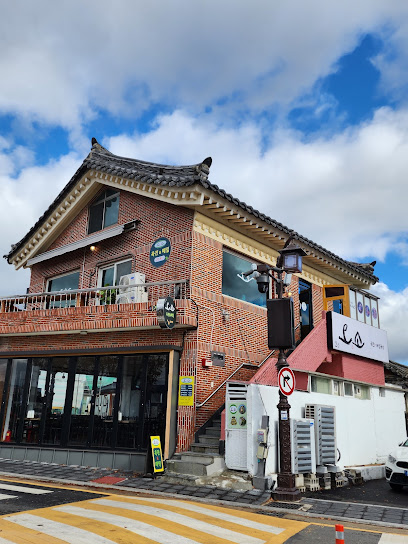
Ttobom
0.4 km
Discover Ttobom Bistro in Gyeongju: A fusion of Western flavors in a cozy setting perfect for tourists seeking memorable dining experiences.

Ryoko
0.4 km
Indulge in authentic Japanese flavors at Ryoko in Gyeongju - where culinary tradition meets exceptional dining.
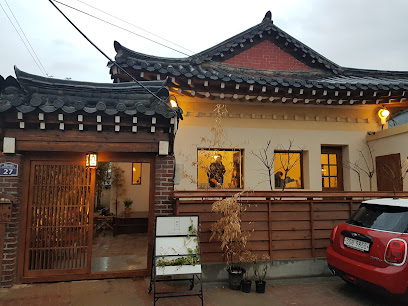
A-ung
0.4 km
Experience authentic Asian cuisine at A-ung in Gyeongju, where tradition meets flavor in a cozy setting perfect for any occasion.

Soog
0.4 km
Experience authentic Korean flavors at Soog in Gyeongju—where tradition meets taste in every dish.
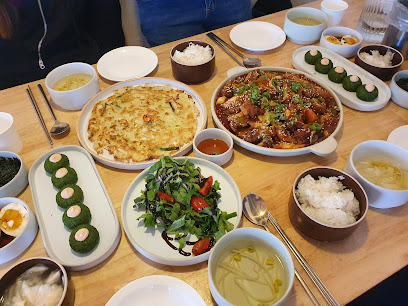
요석궁 1779
0.4 km
Discover the exquisite flavors of traditional Korean cuisine at 요석궁 1779 in Gyeongju - a culinary gem serving authentic Hanjeongsik.
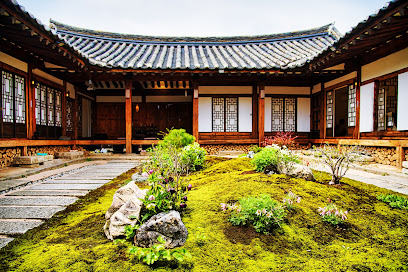
Seasoning
0.4 km
Discover Seasoning in Gyeongju: A cozy Western restaurant offering delicious dishes and exceptional service amidst rich cultural heritage.
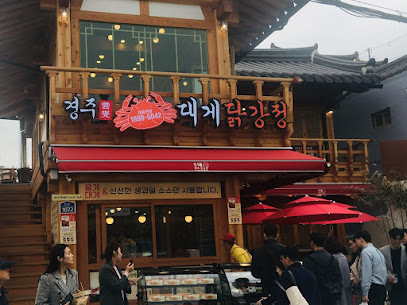
진수성찬
0.5 km
Discover authentic Korean flavors at 진수성찬 in Gyeongju-si - where tradition meets taste.
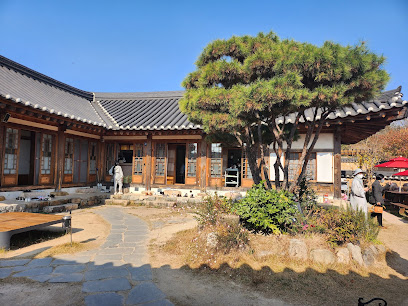
Hwangnam Gyeongju Sikdang
0.5 km
Discover authentic Korean flavors at Hwangnam Gyeongju Sikdang – a culinary gem in the heart of Gyeongju.

Sobakage
0.5 km
Indulge in authentic Japanese cuisine at Sobakage, where tradition meets flavor in the heart of Gyeongju-si.
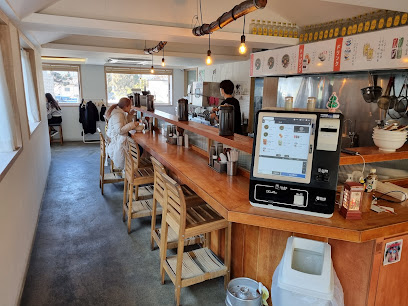
Markets, malls and hidden boutiques
한복한하루
0.2 km
Explore the beauty of traditional Korean attire at 한복한하루, a unique clothing store in Gyeongju, where history and fashion merge.
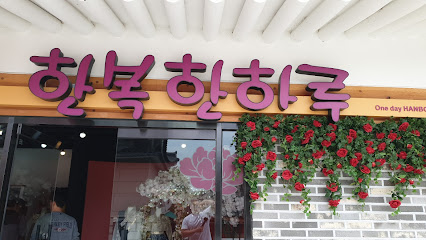
Dress Enjoy 입고놀자
0.2 km
Discover fashion in Gyeongju at Dress Enjoy, where modern trends meet traditional Korean aesthetics for an unforgettable shopping experience.

대릉원선물가게
0.2 km
Explore the vibrant charm of Gyeongju at 대릉원선물가게, your go-to destination for unique Korean souvenirs and novelty items.

신라민예사
0.2 km
Explore the cultural wonders of Gyeongju at 신라민예사, a treasure trove of unique Korean crafts and souvenirs.

Wiyeonjae
0.3 km
Experience the warmth and charm of Wiyeonjae, a cozy hotel in Gyeongju, South Korea, where comfort meets rich cultural heritage.

소소0561
0.3 km
Explore the charm of Gyeongju at 소소0561, where unique gifts and local crafts await every traveler seeking a piece of Korea.

Mimyohan
0.3 km
Explore Mimyohan in Gyeongju for unique gifts and authentic Korean craftsmanship, capturing the essence of South Korea's rich cultural heritage.

Hwamogto
0.3 km
Explore the charm of Gyeongju at Hwamogto, a delightful general store offering local crafts, traditional snacks, and unforgettable souvenirs.

시간상점
0.3 km
Explore unique local crafts and traditional souvenirs at 시간상점, the ultimate shopping destination in Gyeongju.
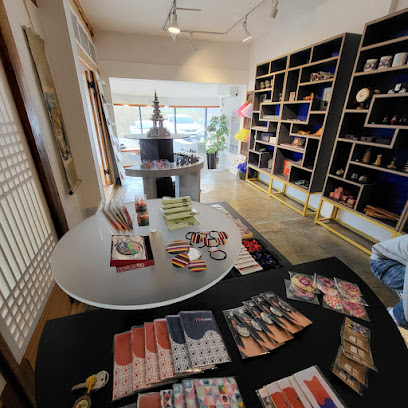
시간상점
0.3 km
Explore 시간상점 for authentic souvenirs and local crafts in the historic heart of Gyeongju, a treasure trove of Korean culture.

경주 실크로드
0.4 km
Explore the Gyeongju Silk Road for unique souvenirs and a glimpse into Korea's rich cultural heritage.

경주 실크로드
0.4 km
Explore 경주 실크로드, a charming gift shop in Gyeongju, offering unique Korean souvenirs that reflect the region's rich culture and history.
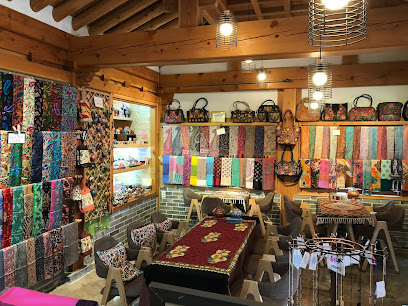
청년감성상점
0.6 km
Explore 청년감성상점 in Gyeongju for unique souvenirs that capture the culture and beauty of Korea, perfect for every traveler.
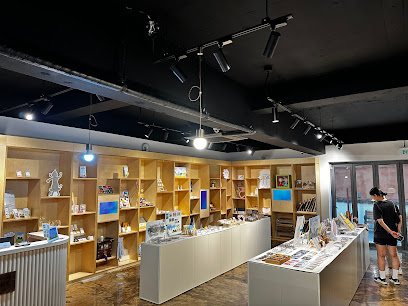
마실
0.6 km
Discover the vibrant fashion scene at 마실, Gyeongju's unique clothing store, offering eclectic styles and local designs that celebrate Korean culture.
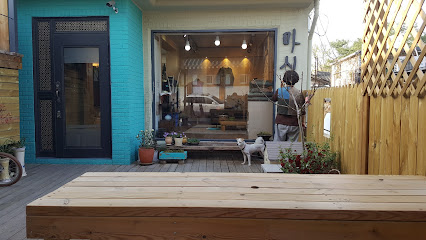
야옹씨네나무사진
0.7 km
Explore the enchanting gift shop 야옹씨네나무사진 in Gyeongju, where unique local treasures await every traveler.

Essential bars & hidden hideouts
Little Rock
0.6 km
Experience the vibrant nightlife and rich culture of Little Rock, Arkansas, a hidden gem for travelers seeking adventure and charm.

The Backyard
0.6 km
Discover the charm of Gyeongju at The Backyard, where local flavors and a cozy atmosphere come together for an unforgettable bar experience.
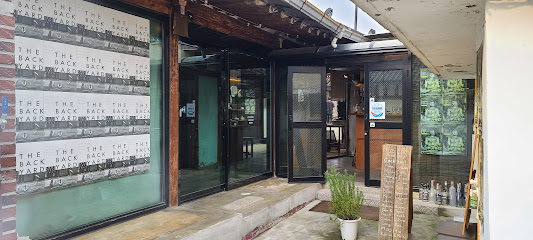
Oni
0.6 km
Discover the vibrant nightlife at Oni, a must-visit bar in Gyeongju, offering exquisite drinks and a lively atmosphere for all to enjoy.
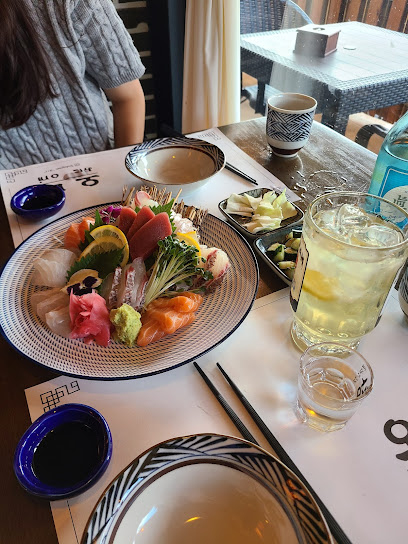
Yakkisim
0.6 km
Experience Gyeongju's nightlife at Yakkisim - a lively bar offering local drinks and a vibrant atmosphere for unforgettable evenings.
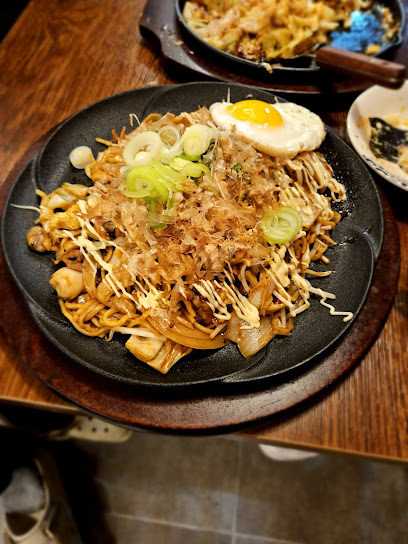
Bar분 (Bar Boon)
0.6 km
Experience the vibrant nightlife and unique Korean-inspired cocktails at Bar분, a local favorite in Gyeongju-si.
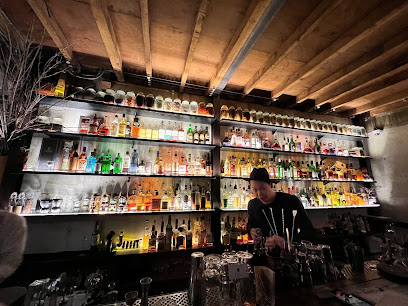
목로 (Mokro)
0.6 km
Discover Mokro: A lively bar in Gyeongju-si, where vibrant nightlife meets exquisite drinks and warm hospitality, perfect for unwinding after a day of exploration.

선데이경주
0.7 km
Discover the lively nightlife at 선데이경주, a vibrant bar in Gyeongju-si offering a perfect blend of local and international beverages.

Seogs
0.7 km
Discover Seogs, a charming cocktail bar in Gyeongju, offering unique Korean-inspired cocktails in a cozy atmosphere, perfect for tourists.
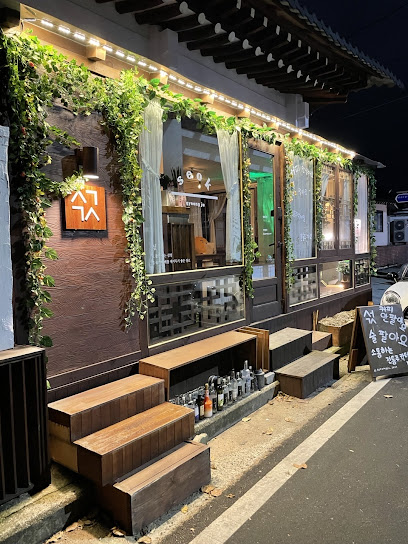
오아시스 경주
0.8 km
Experience the perfect blend of exquisite wines and cozy ambiance at Oasis Gyeongju, a must-visit wine bar in the heart of Korea's ancient city.
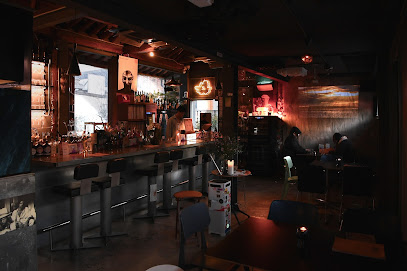
Yesterday, Below
0.8 km
Discover Gyeongju's nightlife at Yesterday, Below - a cozy pub offering local brews, lively entertainment, and a welcoming atmosphere.
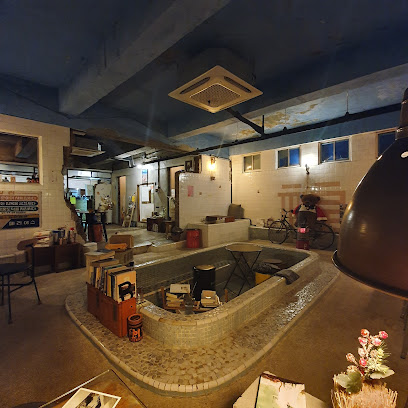
Lajibaeg
0.9 km
Discover the vibrant nightlife of Gyeongju at Lajibaeg, a lively bar offering a mix of local culture and modern drinks.

Le Jour J
0.9 km
Experience the elegance of French cuisine and fine wines at Le Jour J, Gyeongju's premier wine bar and restaurant.

Bar Prep
1.0 km
Discover the best cocktails in Gyeongju at Bar Prep, where every drink is crafted to perfection against the backdrop of ancient tombs.

Sweet Moon
1.0 km
Experience the charm of Sweet Moon, Gyeongju's wine bar offering a curated selection of wines and a welcoming atmosphere.

Stillroom
1.1 km
Discover the vibrant nightlife of Gyeongju at Stillroom, where great drinks and a welcoming atmosphere await.
